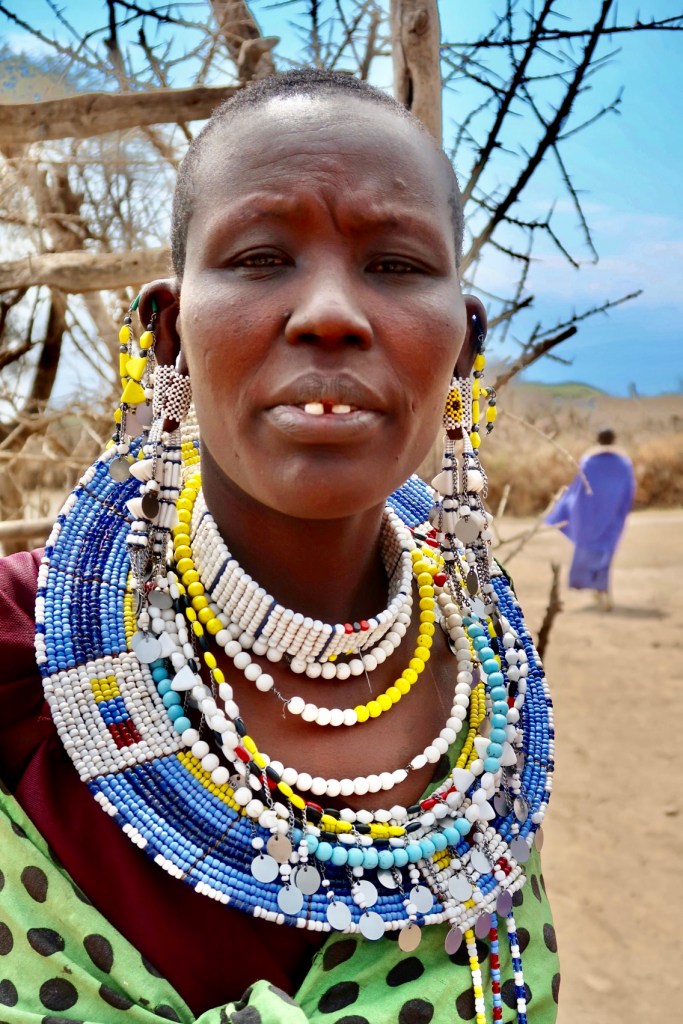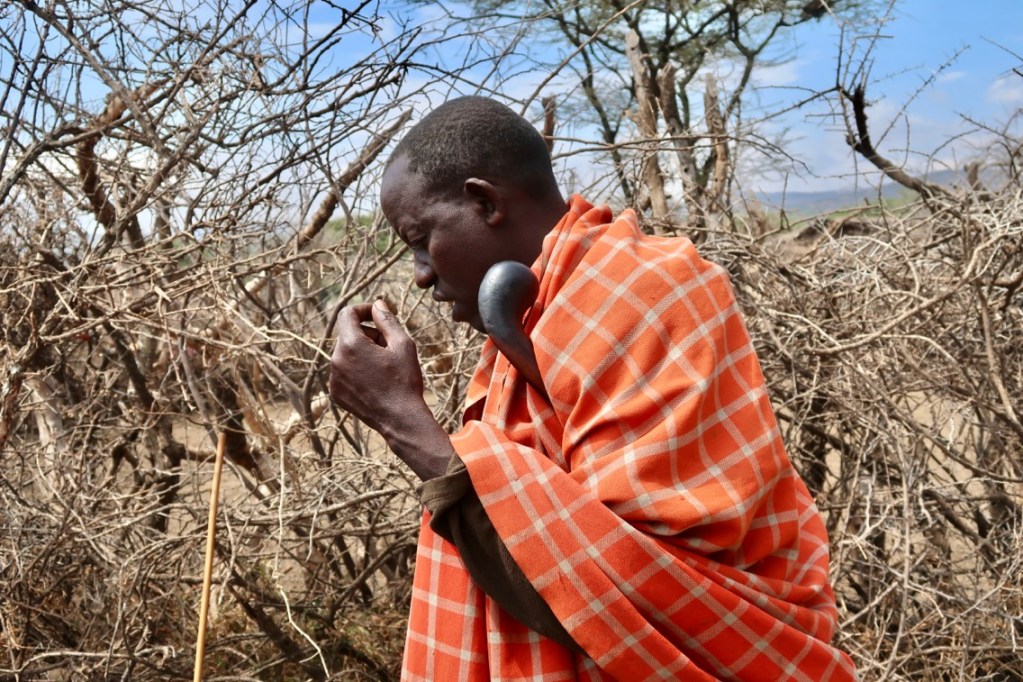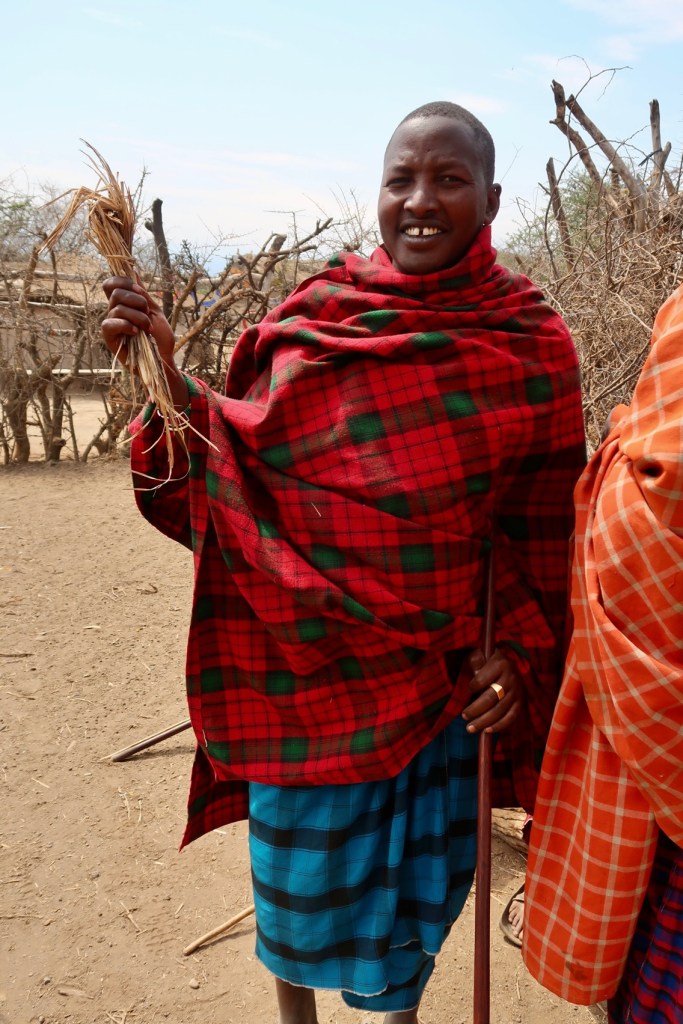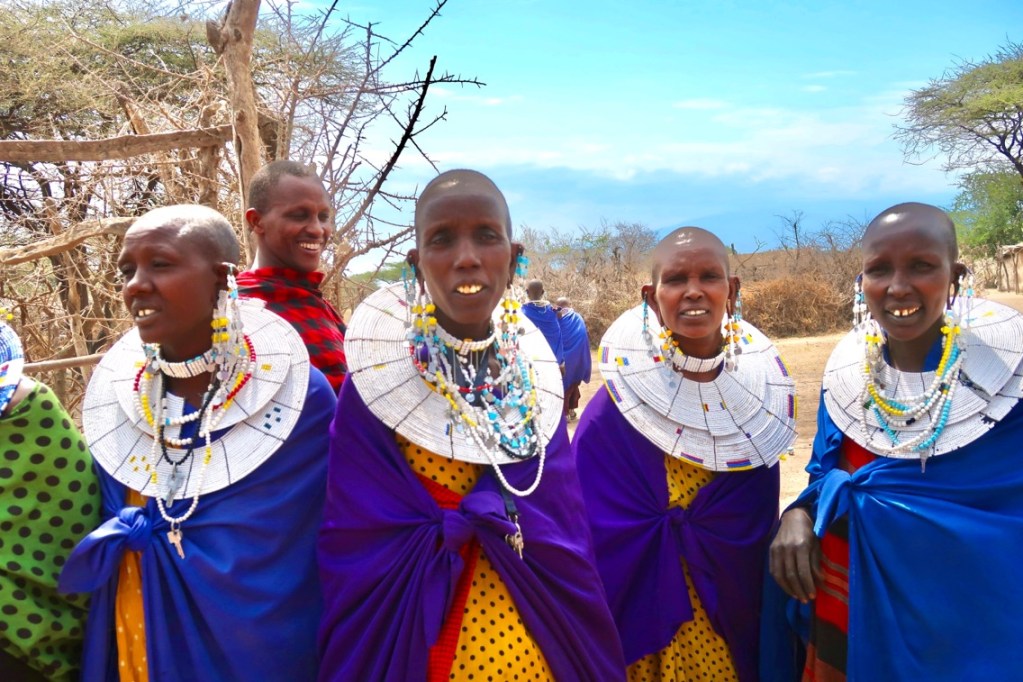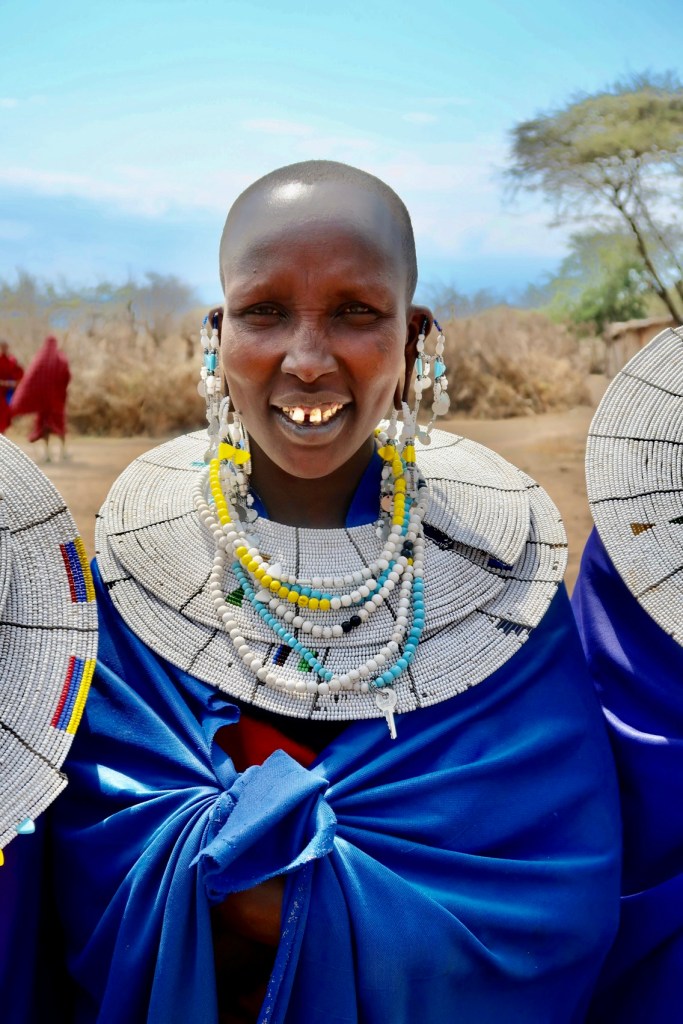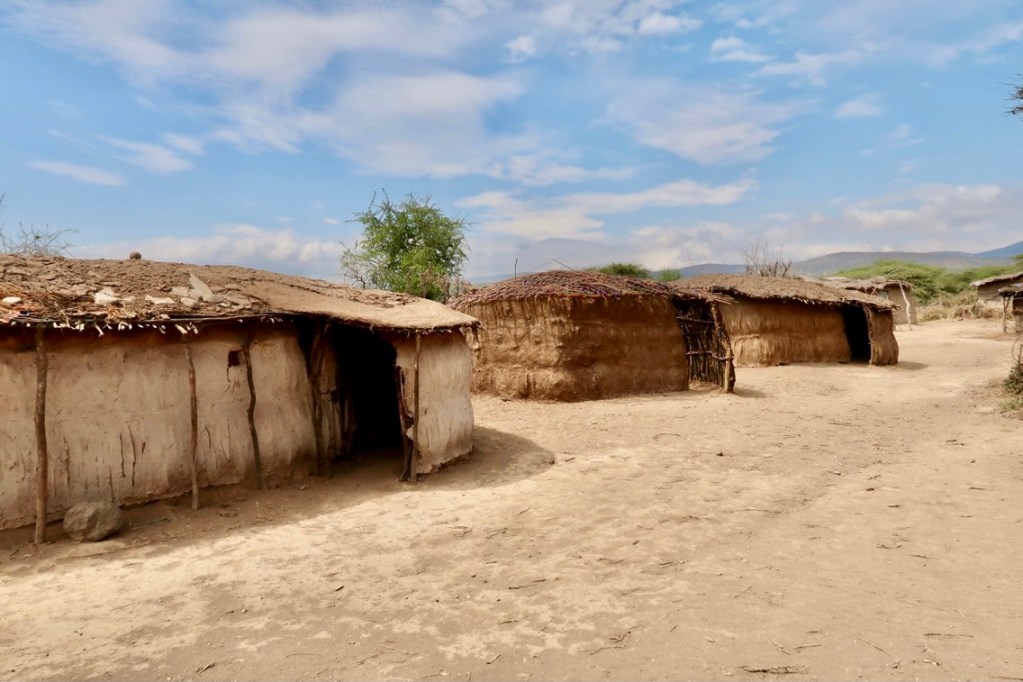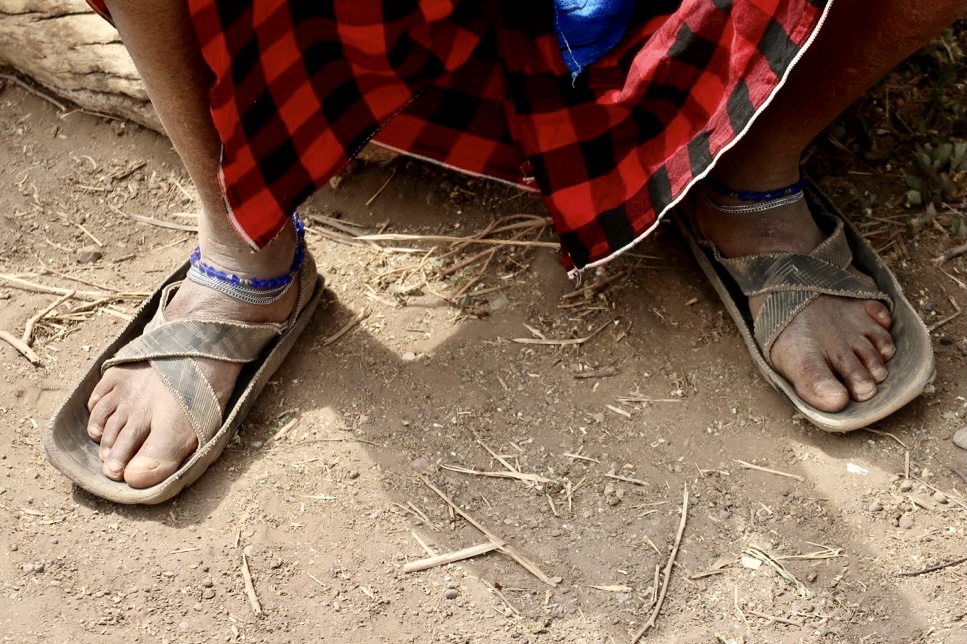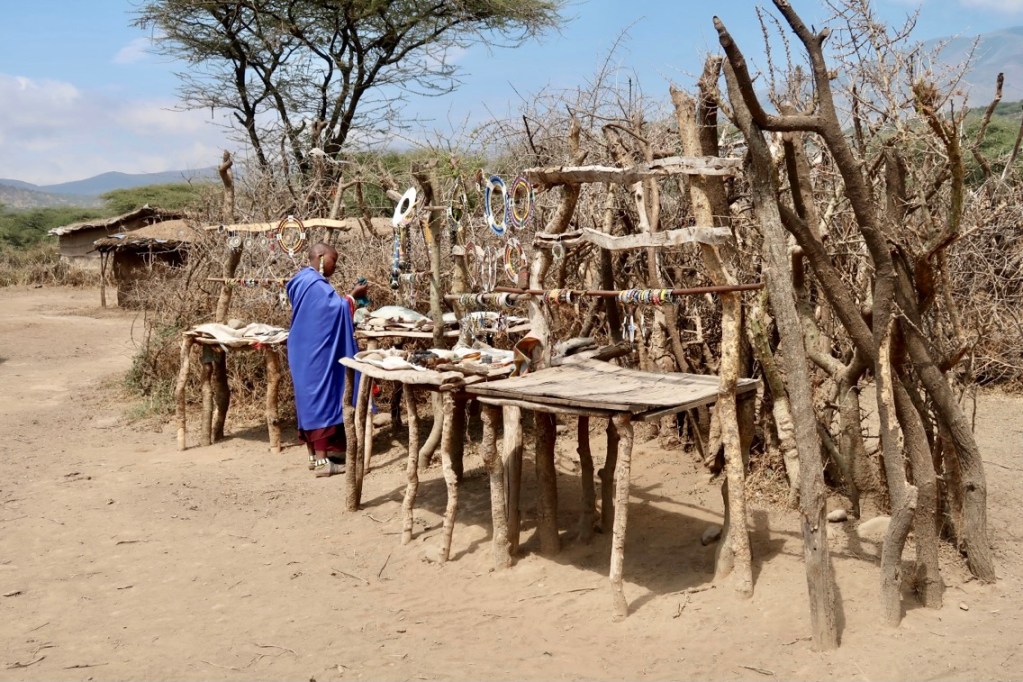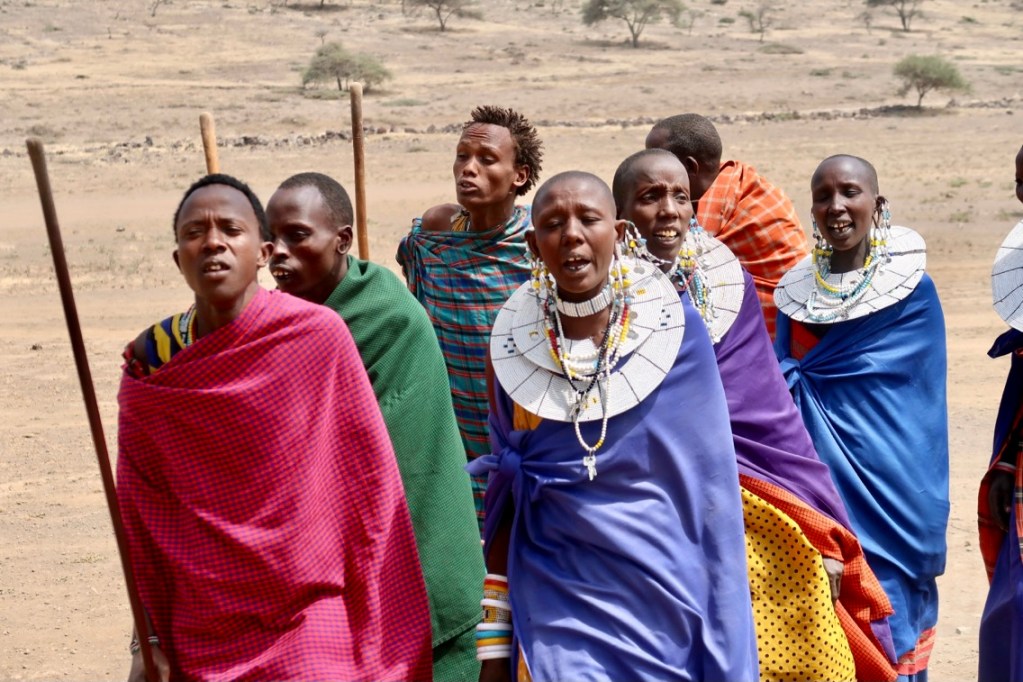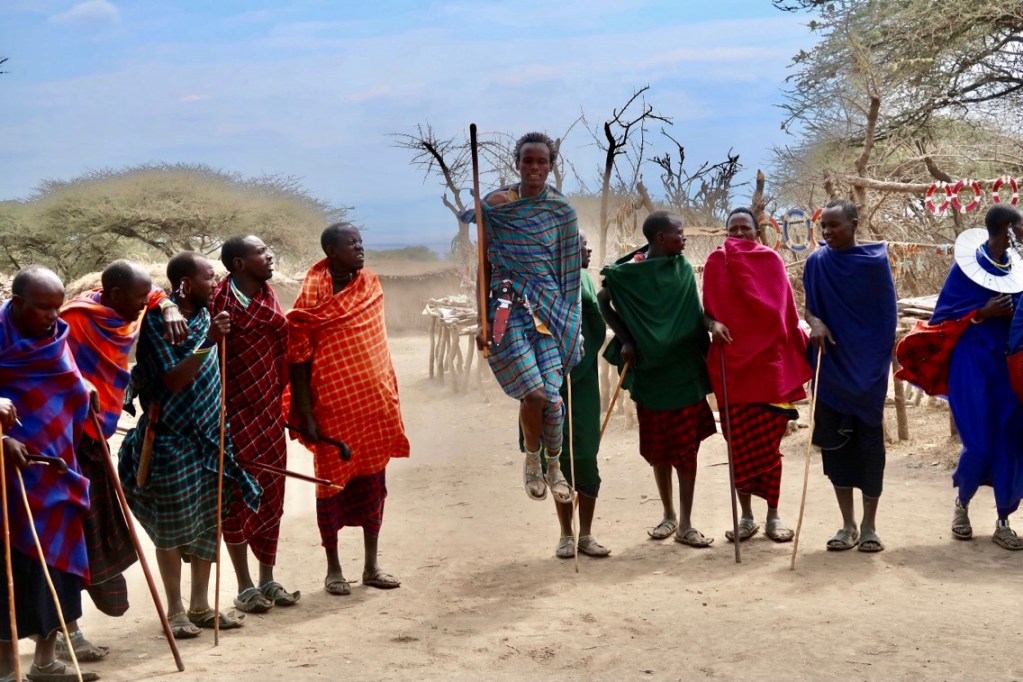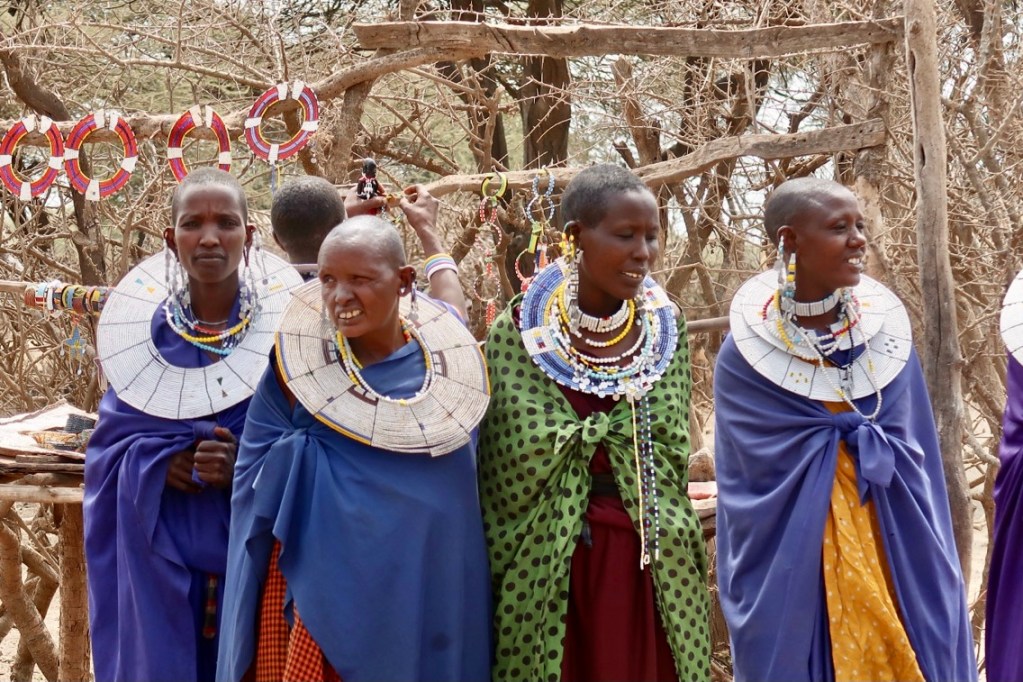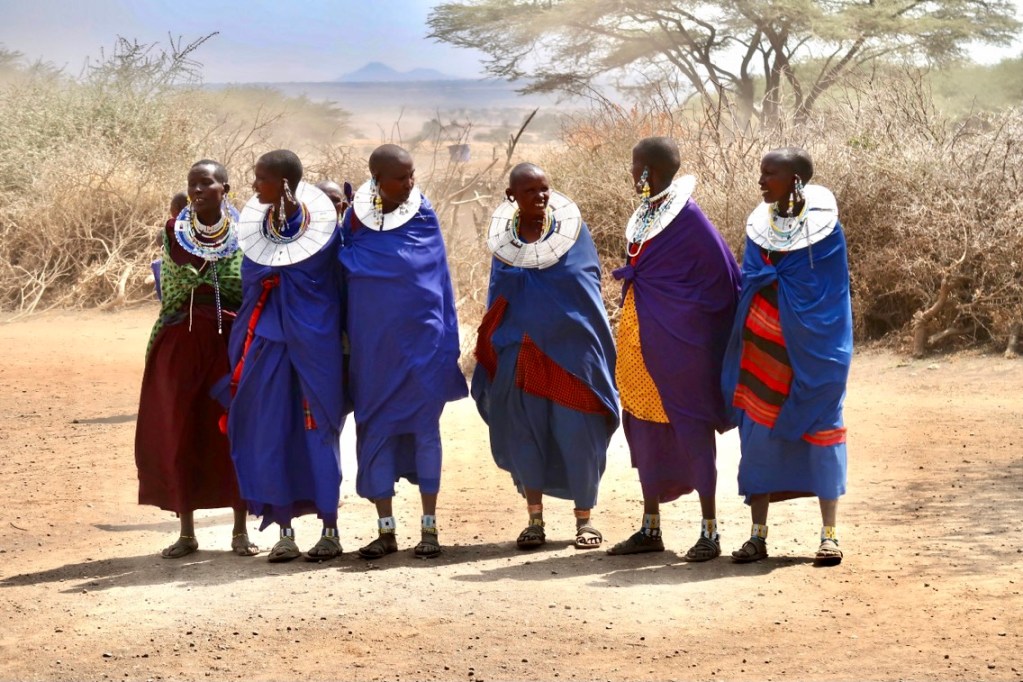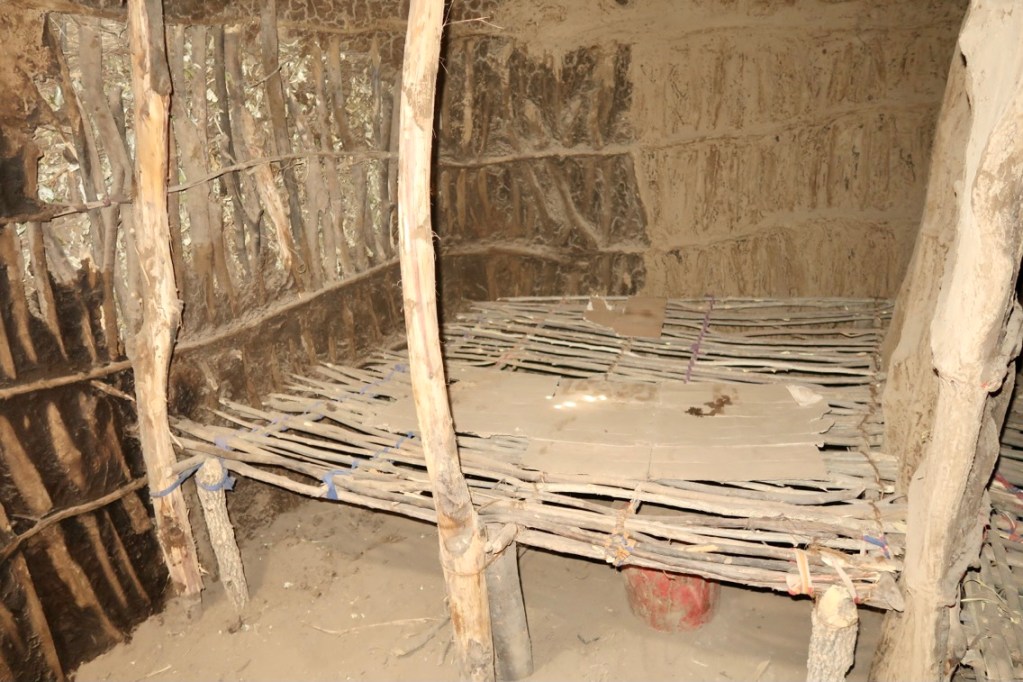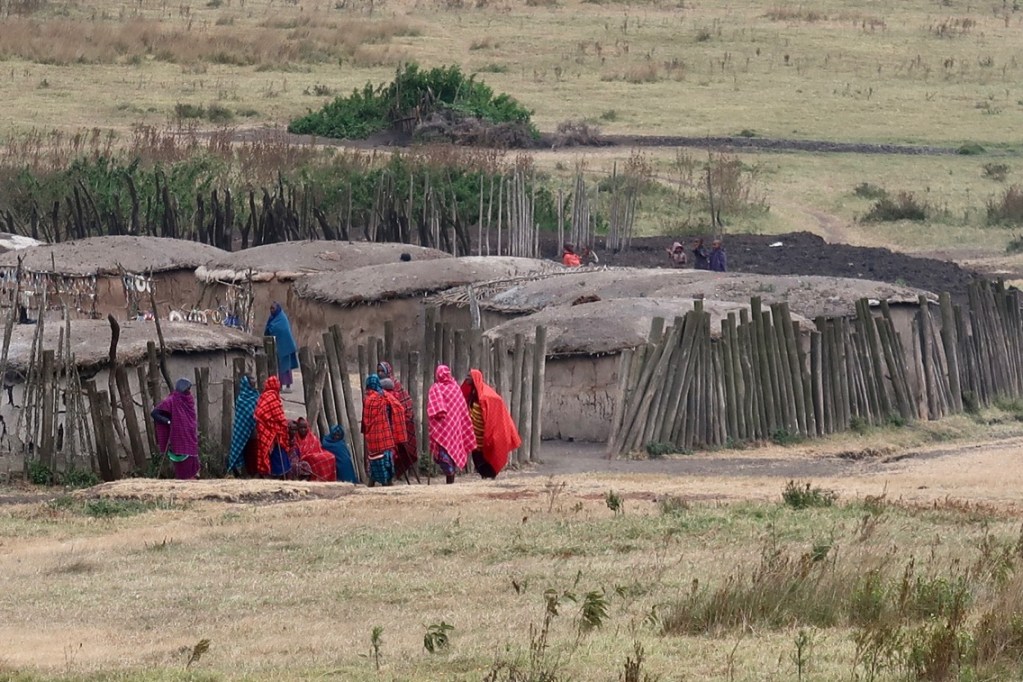A Visit To A Traditional Maasai Village In Ngorongoro, Tanzania
A Visit To A Traditional Maasai Village In Ngorongoro, Tanzania
On a dusty stretch of land located between the Ngorongoro Crater and the Oldupai gorge, we stopped to visit a traditional Maasai village.
Around us, tall giraffes grazed on the young leaves of the dwarf Acacia trees.
These dwarf Acacia look more like a thorny bush than a tree, with many thorns that are two to three inches long.
It is amazing that the giraffes with their pinkish tongues do not cut their mouths on these long thorns.
The Masai village we visited is one of many located in this region.
These villages have maintained their ways of life and traditions exactly as they have been for thousands of years.
They seem to be living outside of time, not benefiting from any modern conveniences, nor is their timeless existence hampered by the lack of any modern conveniences.
In fact, the word “convenience,” which implies ease and less effort, is an alien word when describing the Maasai way of life.
They live with no electricity, no running water, no refrigerators, no chairs or sofas, no bedding, no entertainment of any kind, no internet, and no cell phones, even though they could charge them with a small solar panel, if they wanted to have them.
They have no modern comforts of any kind.
No cosmetics to moisturize their skin, no showers, no hot water to bathe in.
They have no closets where they keep their clothing, because they have no extra clothing.
Each person owns only two Maasai Shukas, the traditional Maasai blankets, usually worn as a wrap around, a scarf, a shawl, a skirt and a face covering from the dust.
Their outfit includes two Maasai Shukas, one wrapped around the lower part of the body, and the other covering the upper part of the body.
On laundry day, they go to the river where they wash one of their Shuka blankets at a time, wearing the other until the first one is dry.
The shoes they wear are handmade from the rubber of old cars or truck tires.
They either make them themselves or trade in the market the honey that they collect, for handmade tire sandals that somebody else has made.
The men are polygamists and are allowed to marry as many wives as they can afford.
The cost of each wife is ten cows, paid to her parents.
When I asked how much a cow costs, I was told that nobody buys cows.
The cows are bred and raised by the family.
It is said that a Maasai man has no permanent home, that he spends each night at another hut belonging to one of his wives.
These simple huts are called “Imamyata” or “Manyata.”
They are rounded and are made from mud clay mixed with dung.
Some huts have mud dung roofs and others are made from wood branches and grass.
The huts are built by the women, who do all the work.
The Maasai men lazy around all day. Their only assignment is to protect the village from wild animals or hostile tribes.
It is either the young boys or the women who do all the work.
Women do the cooking, the raising of the children, the house construction, maintenance, repairs and all the upkeep.
They also make the beaded jewelry that they wear and that they sell to visiting tourists to raise extra money.
It takes about two weeks to build a Maasai hut.
The women chop the dwarf Acacia trees by hand with a machete.
Then they put the structure of the house together by tying the wood together and filling the gaps with branches.
When the frame is done, they cover the tied wood with mud mixed with cow dung.
This is done both on the outside of the house and on the inside of the house, to provide better insulation.
The interiors of the houses are very low to the ground.
You cannot stand up inside a Maasai hut.
But the huts are easy to build and cleverly designed in a shape resembling a snail’s shell.
This creates an entrance that does not need a door, and still keeps dust from entering the hut.
The Maasai do not raise any crops and are not hunter/gatherers.
They own no weapons.
They live off their cows, sheep and goats that they keep.
They drink the milk, eat the meat, mix the milk with blood and make ghee butter for cooking.
We were told that their diet does not include any fruit nor vegetables of any kind.
The first wife a Maasai man marries is chosen by his parents in an arranged marriage.
The rest of his wives are chosen by him.
We asked if men usually marry more than one woman for love, and were told that no, they marry in order to have more children, who will become more workers to tend to their herds.
Women and children are the workforce of the tribe, and Maasai men marry multiple wives in order to have a larger workforce.
Tourists visiting a Maasai village is good business for the Maasai.
There is a small fee which is paid to a member of the tribe who is English speaking.
He acts as a translator and he takes you around the village and explains everything about their ways of life and traditions.
After a welcome dance and song outside the village, we were invited past the gate, and the Maasai women sang while the men jumped high with straight legs, to demonstrate their warrior skills.
Before visiting the village, we were told that the prices of the souvenirs and trinkets sold by the Maasai women, vary greatly.
We already knew this, but I guess that some tourists have felt ripped off by over inflated prices, when they later see that they could have bought similar items for a fraction of the cost in the market in Stone Town.
We were told: “When they ask you where are you from, it is not because they are really interested in the world.
They are asking in order to know how much they can charge you for the souvenirs.
Saying that you are from America is the worst!
Do NOT say you are from the USA!
They will ask for the most amount of money.
Say you are from England or Germany or Australia.
Everybody thinks that in those places, people are not so rich.
If you say you are from Australia, they will say ‘Oh, kangaroo!,’ and will not ask for too much.
If you say you are from the UK, they will say: ‘Oh, Manchester United!’, and will not ask too much.”
If you say you are from Germany, they will say: ‘Oh, Danke, Berlin!’, and will not ask too much.”
Maasai kids in the Ngorongoro conservation area have to go to school.
The school is located ten kilometers away from the village, and kids go to school on foot, walking for hours per day.
If the child’s family has a relative living in another village closer to school, the kids might live with those relatives during the week, to avoid the twenty kilometer roundtrip walk daily.
Maasai kids do not learn a regular curriculum at school.
In the school they learn lifestyle skills and about their traditions, from Maasai elders.
Younger kids attend a nursery school in the village, until they are old enough to go to regular school.
It was very charming to visit the village and look into the eyes and souls of the women and men.
I have made three minute long videos of the visit that includes the kids singing to us and the men jumping:
With blessings and light,
Tali
